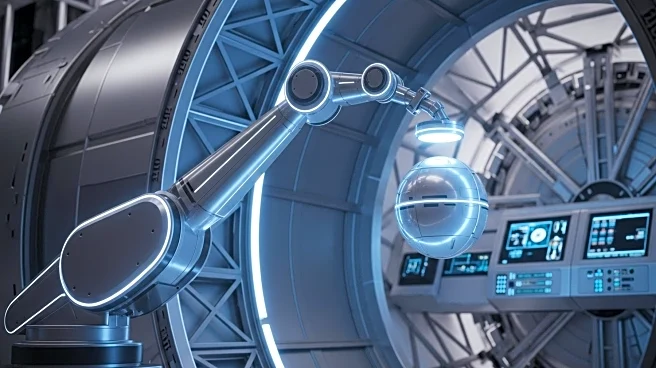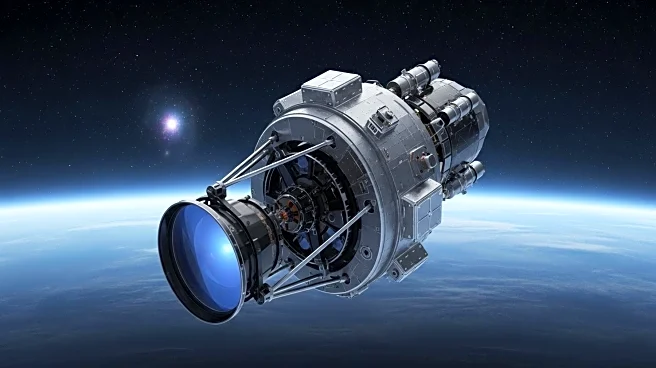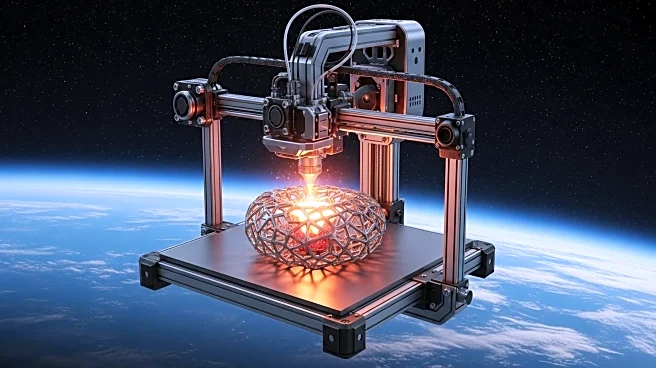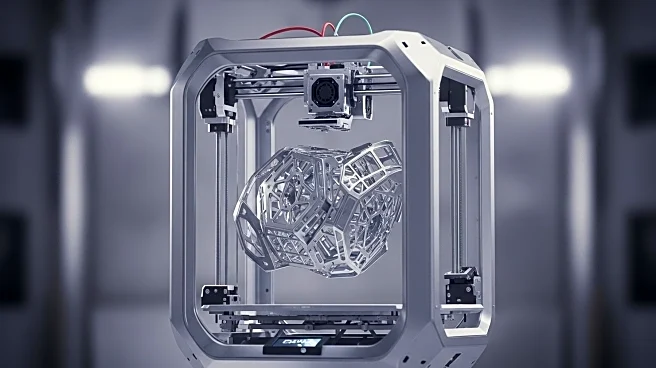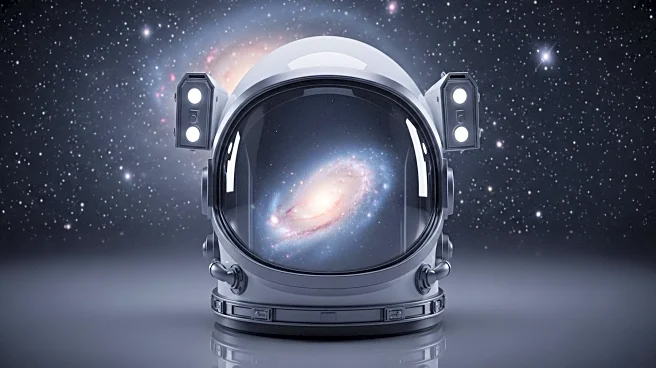What's Happening?
NASA is advancing its Astrobee mission through a partnership with Arkisys, Inc., which will sustain and maintain the robotic platform aboard the International Space Station. The Astrobee system includes three cube-shaped robots designed to assist astronauts with routine maintenance tasks. This collaboration aims to develop robotic systems that can support future missions to the Moon and Mars without relying on human intervention.
Why It's Important?
The partnership with Arkisys highlights NASA's commitment to developing advanced robotic systems for space exploration. As the agency plans to return astronauts to the Moon and eventually explore Mars, robotic helpers like Astrobee could play a crucial role in maintaining spacecraft and supporting long-duration missions. This collaboration also provides opportunities for industry and academia to experiment with new technologies in the microgravity environment of the space station.
What's Next?
NASA will continue to leverage partnerships with private companies to advance its robotic capabilities. The Astrobee mission will serve as a platform for testing new technologies and developing systems that can operate autonomously in space. As the agency prepares for future lunar and Martian missions, robotic systems will become increasingly important for ensuring mission success and sustainability.
Beyond the Headlines
The development of robotic systems for space exploration raises ethical and legal questions about their use and impact. As robots become more autonomous, discussions about their role in space missions and the potential for replacing human tasks will become increasingly important. The Astrobee mission represents a step towards integrating robotics into the fabric of space exploration.


